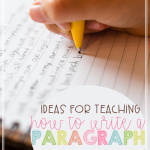

Many students struggle to put together one paragraph, let alone the multi-paragraph essays that common core requires them to do. Since they often lack the ability to put together a paragraph, writing often becomes a chore and they lack the motivation to do any form of writing. So just how do we get out of this writing rut so that students can become engaged and learn to write a paragraph (and eventually the required multi-paragraphs)?
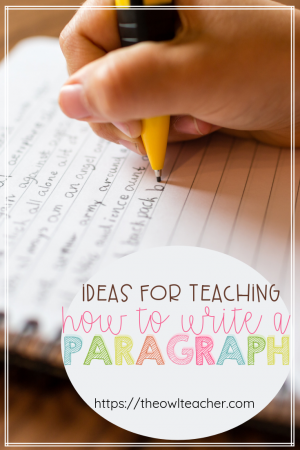
Start with the basics.
When teaching students about paragraphs, we talk about the hard and fast rules, such as indenting, having approximately 3-5 sentences, and the structure of it. While I know paragraphs are not set in stone at 3-5 sentences, nor do they always have a main idea as the topic sentence, I like to give my students structure for the foundations and then as they progress expand a bit more with the “hard and fast” rules.
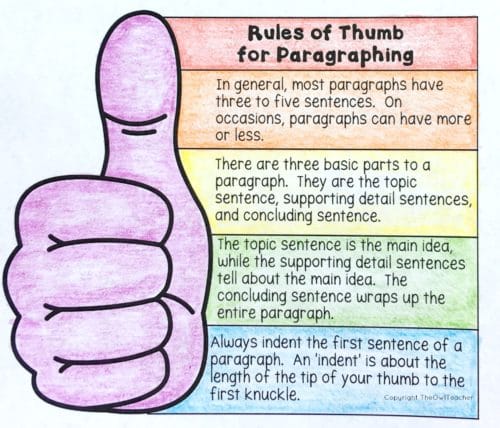
The Parts of a Paragraph.
After we discuss the general “rules” of paragraphing, I then provide my students with sample paragraphs to analyze for the basic structure. We go through paragraphs and highlight the topic sentence, the supporting details, and the concluding sentence. I want students to start noticing that paragraphs always have a main idea and supporting details. Not only is this important for writing, but it helps them when it comes to reading. When you pull out highlighters, students are instantly engaged!
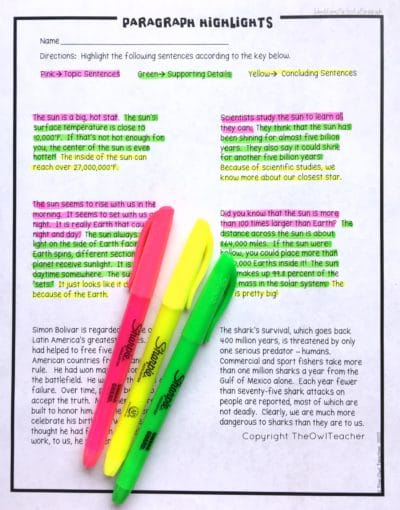
Sorting Strips
Once students have gotten down to the basic structure of paragraphs, then I provide students with a paragraph that has been cut up into sentence strips. Each sentence of the paragraph is on its own strip and students have to determine which strip is likely the topic sentence, the concluding sentence, and supporting details. They also place the strips in order. This helps students take note of the characteristics of each type of sentence. For instance, a student is more likely to notice that a main idea sentence will sound very different from a supporting detail or a concluding sentence. This also helps them practice the flow of a paragraph.
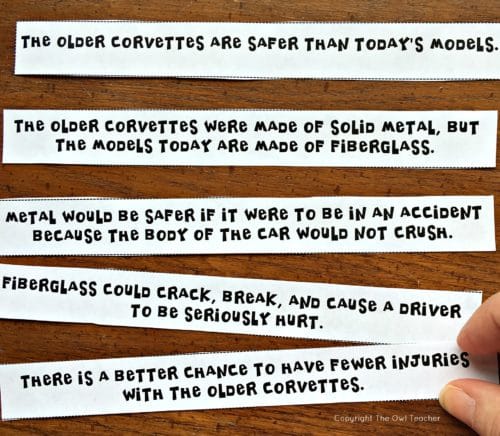
Turning Lists into Paragraphs
Once students really have the foundations of a basic paragraph down, I then start focusing on each individual piece. For instance, I might provide students with many supporting details and have them try to come up with a topic sentence. I may also provide students with a list of topic sentences and they have to brainstorm a list of supporting details. Another idea is to provide students with an object and have them make a list of ways it can be used. Then I work with my students to turn these lists into a paragraph.